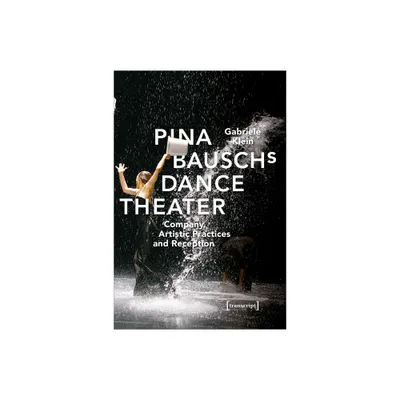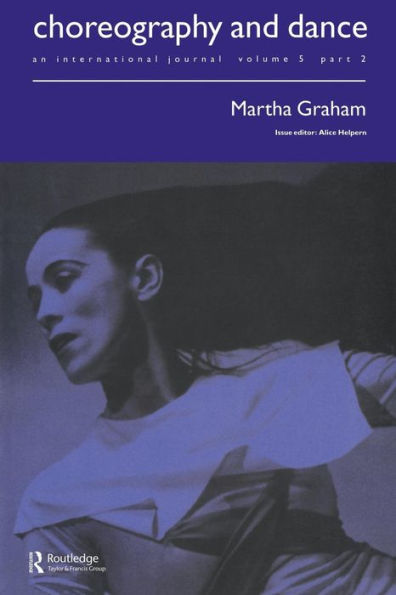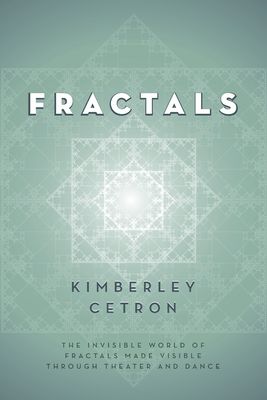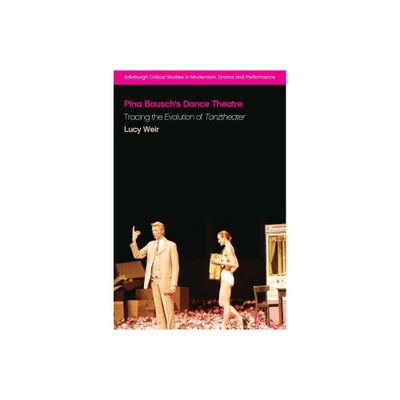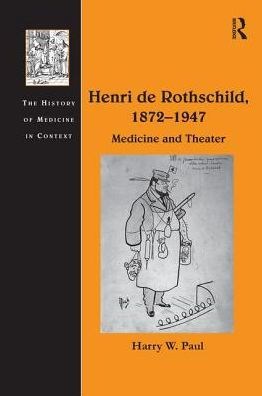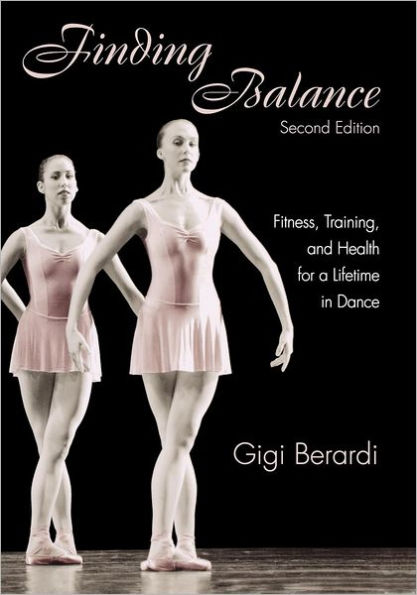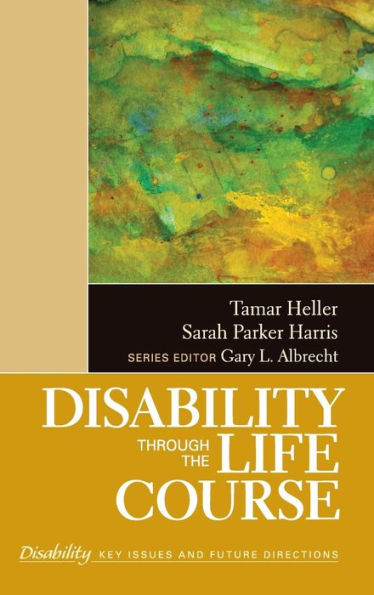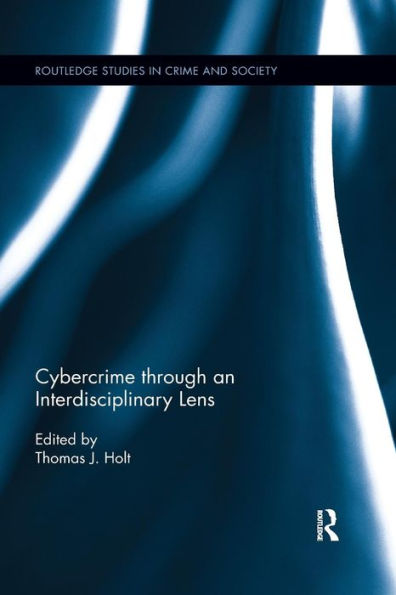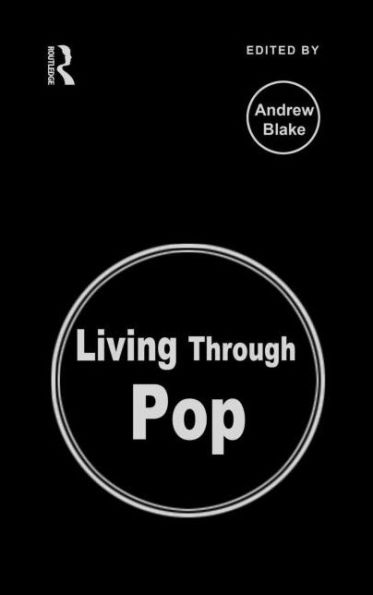Home
Pina Bausch's Aggressive Tenderness: Repurposing Theater through Dance / Edition 1
Loading Inventory...
Barnes and Noble
Pina Bausch's Aggressive Tenderness: Repurposing Theater through Dance / Edition 1
Current price: $180.00
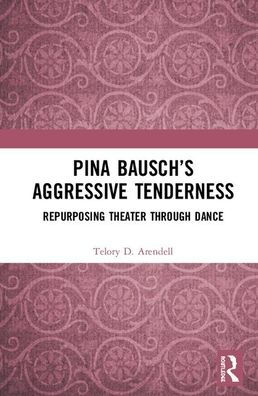

Barnes and Noble
Pina Bausch's Aggressive Tenderness: Repurposing Theater through Dance / Edition 1
Current price: $180.00
Loading Inventory...
Size: OS
*Product Information may vary - to confirm product availability, pricing, and additional information please contact Barnes and Noble
Pina Bausch’s Aggressive Tenderness: Repurposing Theater through Dance
maps Bausch’s pieces alongside methodologies of key theater and film practitioners.
This book includes discussion of a variety of Bausch pieces, including
Sacre du Printemps
(
Rite of Spring
1975),
Kontakthof
Meeting Place
1978),
Café Müller
Café Mueller
Nelken
Carnations
1982),
Arien
Arias
1985), and
Vollmond
Full Moon
2006). Beginning with her approach as one avenue of dance dramaturgy, the author connects the content expressed in these pieces with theoretical conversations, works from other artists inspired by Bausch, and her own experiences, providing an examination that is both academic and personally insightful. Arendell reads all of these theatrical and film approaches into Bausch’s work to highlight how the time frame involves a cross-pollination between Bausch and the other artists that looks both backward and forward in its influences.
Ideal for students of dance and theater,
Pina Bausch’s Aggressive Tenderness
shows how Bausch’s
Tanztheater
speaks a kinaesthetic language, one that Arendell translates into a somaesthetic exploration to pair a repurposed body ethic with movements that present new forms of embodiment.
maps Bausch’s pieces alongside methodologies of key theater and film practitioners.
This book includes discussion of a variety of Bausch pieces, including
Sacre du Printemps
(
Rite of Spring
1975),
Kontakthof
Meeting Place
1978),
Café Müller
Café Mueller
Nelken
Carnations
1982),
Arien
Arias
1985), and
Vollmond
Full Moon
2006). Beginning with her approach as one avenue of dance dramaturgy, the author connects the content expressed in these pieces with theoretical conversations, works from other artists inspired by Bausch, and her own experiences, providing an examination that is both academic and personally insightful. Arendell reads all of these theatrical and film approaches into Bausch’s work to highlight how the time frame involves a cross-pollination between Bausch and the other artists that looks both backward and forward in its influences.
Ideal for students of dance and theater,
Pina Bausch’s Aggressive Tenderness
shows how Bausch’s
Tanztheater
speaks a kinaesthetic language, one that Arendell translates into a somaesthetic exploration to pair a repurposed body ethic with movements that present new forms of embodiment.
